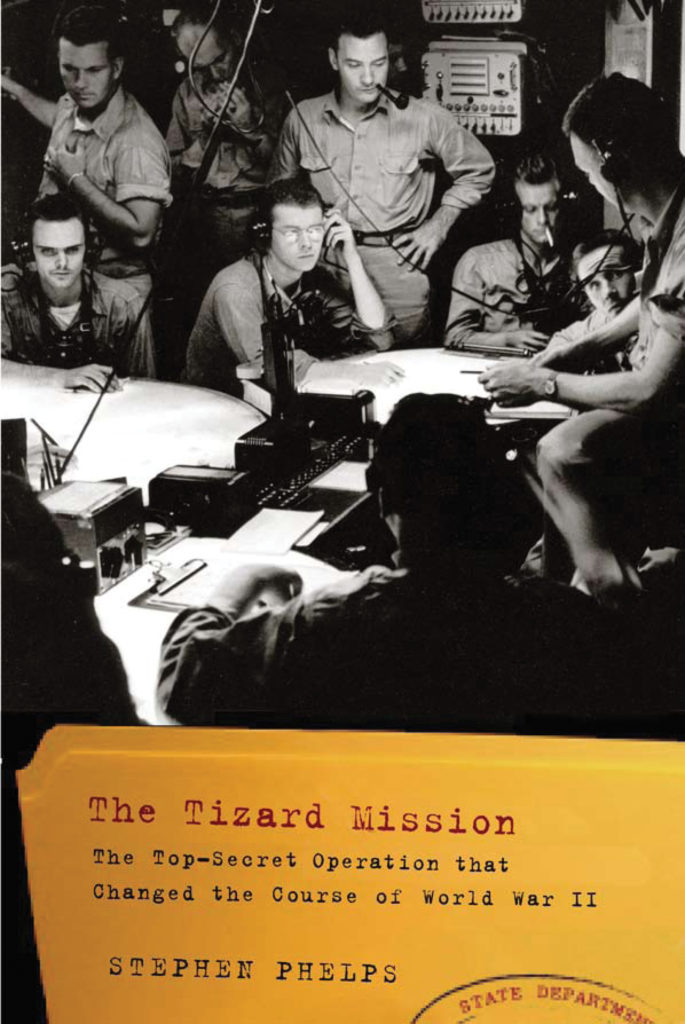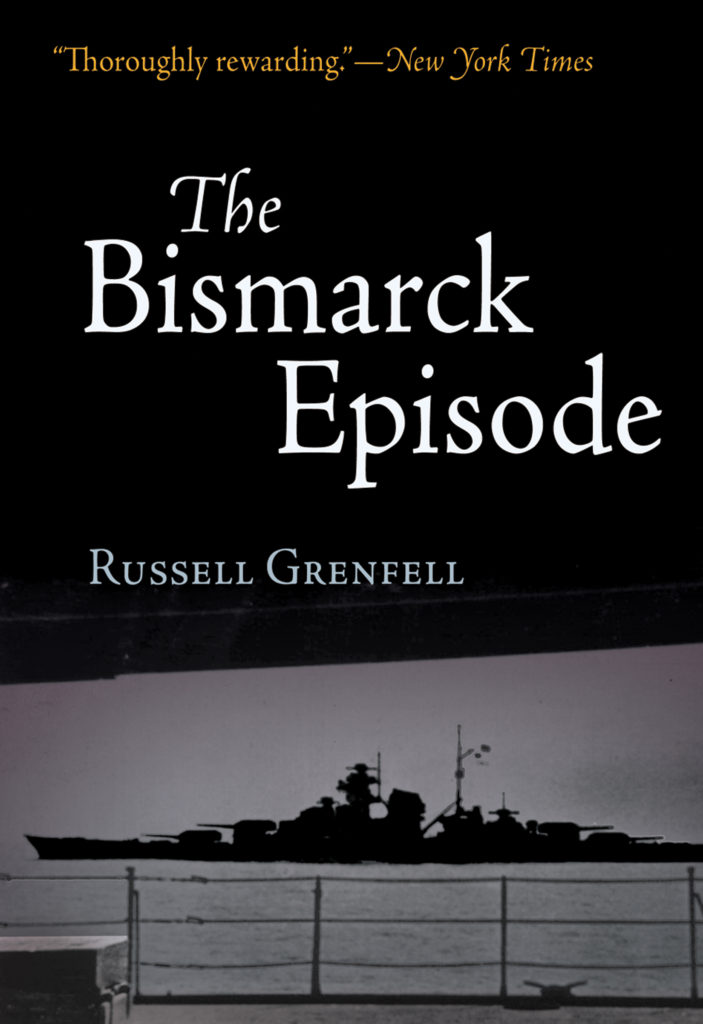About This Book
Alone Against Germany, Britain Gave America Its Most Astonishing Secrets
In August 1940, a German invasion of Britain looked inevitable. Luftwaffe bombers were pounding British cities, France had surrendered, and the Low Countries were under German control. Although sympathetic to Britain’s plight, the United States remained staunchly neutral. Unknown to the rest of the world, Britain’s brightest scientific and military minds had been working on futuristic technology for a decade, including radar and jet propulsion. While the great value of radar to locate and identify objects at long distance and at night or in bad weather was appreciated, at the time it was thought that practical radar required a room-sized device for generating an effective signal. Now, suddenly, British scientists had something extraordinary—the cavity magnetron, a generator hundreds of times more powerful than any other in use and small enough to be held in the hand. With the British economy and industry reeling from the war, Winston Churchill gambled on an unorthodox plan: a team of scientists and engineers would travel under cover to the United States and give the still-neutral Americans the best of Britain’s military secrets. It was hoped that in exchange the United States would provide financial and manufacturing support—which might even lead to their official entry into the war.
The Tizard Mission, named for its leader Sir Henry Tizard, steamed across the Atlantic carrying a suitcase-sized metal deed box. Designed to sink in the event the ship was torpedoed by a U-boat, the box contained details of the Whittle jet engine, research for an atomic bomb, and a precious cavity magnetron. The Americans proved to be astonished, receptive, and efficient: Bell Telephone produced the first thirty magnetrons in October 1940, and over a million by the end of the war. With this device, both warships and aircraft could carry war-winning radar. But Britain did not only give America military secrets, these same technologies would produce a fortune for postwar commercial industries, with the magnetron being the key component to the microwave oven. In The Tizard Mission: The Top-Secret Operation That Changed the Course of World War II, Stephen Phelps reveals how the Tizard Mission was the turning point in the technological war, giving Britain the weapons it desperately needed and laying the groundwork for both the Special Relationship and much of the United States’s postwar economic boom, an effect that still resonates today.
Stephen Phelps is a writer, producer, and broadcaster. After fifteen years in television investigative journalism for the BBC and Channel 4, he turned to writing and now specializes in history and radio drama. He lives in London and Italy.
Praise for The Tizard Mission:
“One of this book’s many attractions is its emphasis on the importance of interrelationships among social, political, and technical worlds in bringing ideas to reality.”—The Wall Street Journal
“Erudite, literate, and thoroughly absorbing.”—Booklist
“The first cavity magnetron is displayed in the Science Museum as one of the most important technological objects of the twentieth century. As Stephen Phelps reveals in this much needed book, the United Kingdom’s decision to share its secrets with the United States was a key turning point in the Second World War.”—John Liffen, Curator, Science Museum, London
“They carried the most valuable cargo ever brought to our shores.”—James Phinney Baxter III, US Office of Scientific Research and Development




